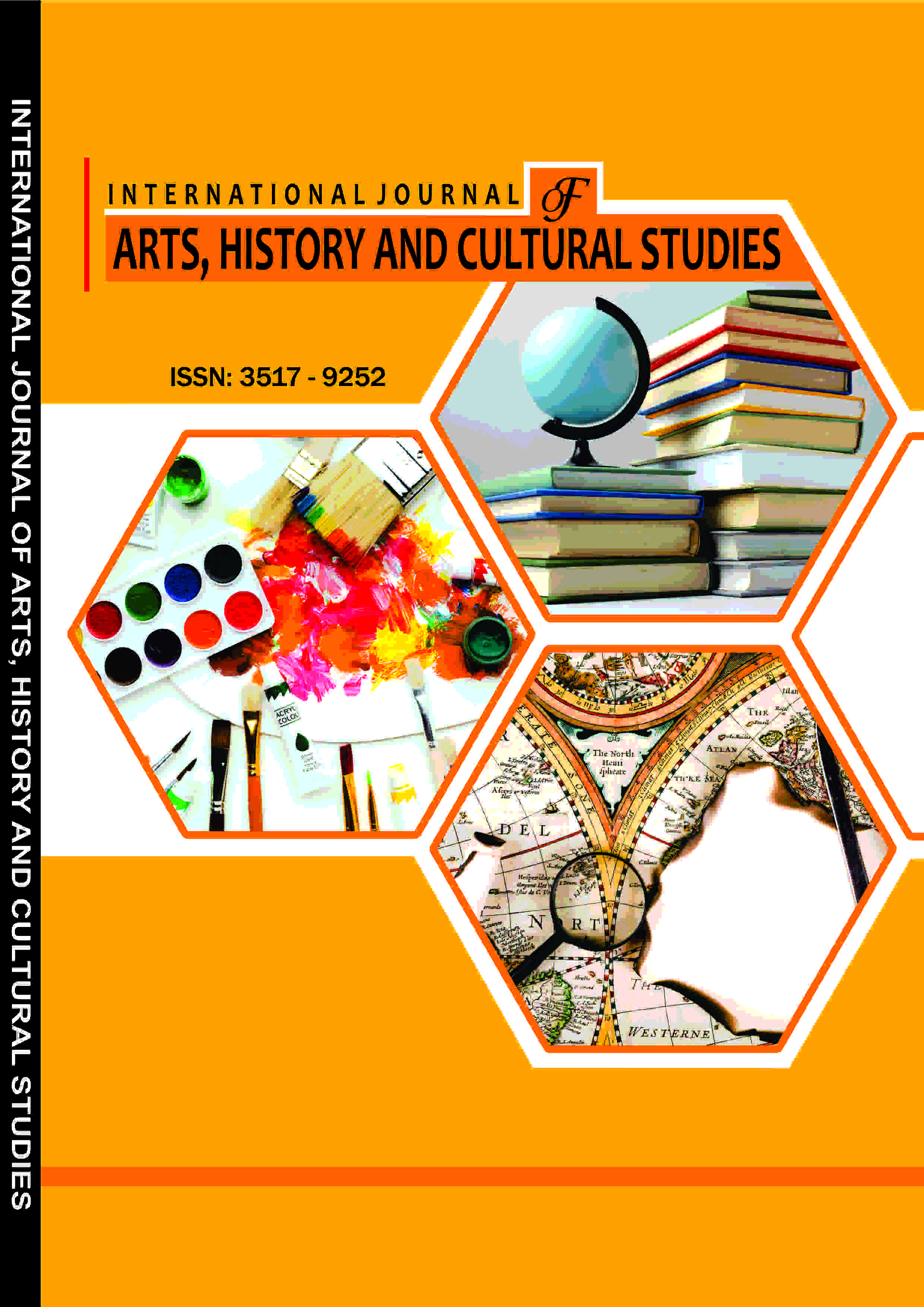INTERNATIONAL JOURNAL OF ARTS, HISTORY AND CULTURAL STUDIES (IJAHCS)
Language Learning Strategies among Arab EFL Postgraduate Students in Malaysia
E-ISSN: 2695-1886
P-ISSN: 3517-9252
DOI: https://iigdpublishers.com/article/425
Language learning strategies are very essential for language learning as tools for active, self-directed involvement for developing the communicative competence. The study investigated the language learning strategies employed by a group of Arab postgraduate EFL students at National University of Malaysia. A total of 70 Arab students responded to the Strategy Inventory for Language Learning (SILL) questionnaire. Descriptive statistics was employed to understand the students’ tendencies in using the language learning strategies. The results indicated that the participants utilized these strategies in average range. The most frequently used strategies were social strategies, followed by metacognitive, compensation, cognitive, affective and memory strategies. Based on the findings, implications for language learning strategy training were highlighted to raise the students’ awareness of the significance of employing all language learning strategies.
Bilal Ayed Al-Khaza’leh PhD, AsimAyed Al-khawaldeh PhD
Brown, A. L. (2001). Developing language and literacy. Second edition.Paul Chapman Publishing:
Prentice Hall.
Brown, H. D. (1980). Principles of language learning and teaching. Englewood.
Chamot, A. U. (1993). Students’ responses to learning strategy instruction in the foreign language classroom. Foreign Language Annals26 (3): 308-314.
Chamot, A. U. (2004). Issues in language learning strategies research and teaching. Electronic Journal of Foreign Language Teaching 1(1):14-26.
O’ Malley, J. M & Chamot, A. U. (1990). Learning strategies in second language acquisition. Cambridge: CUP.
